Search
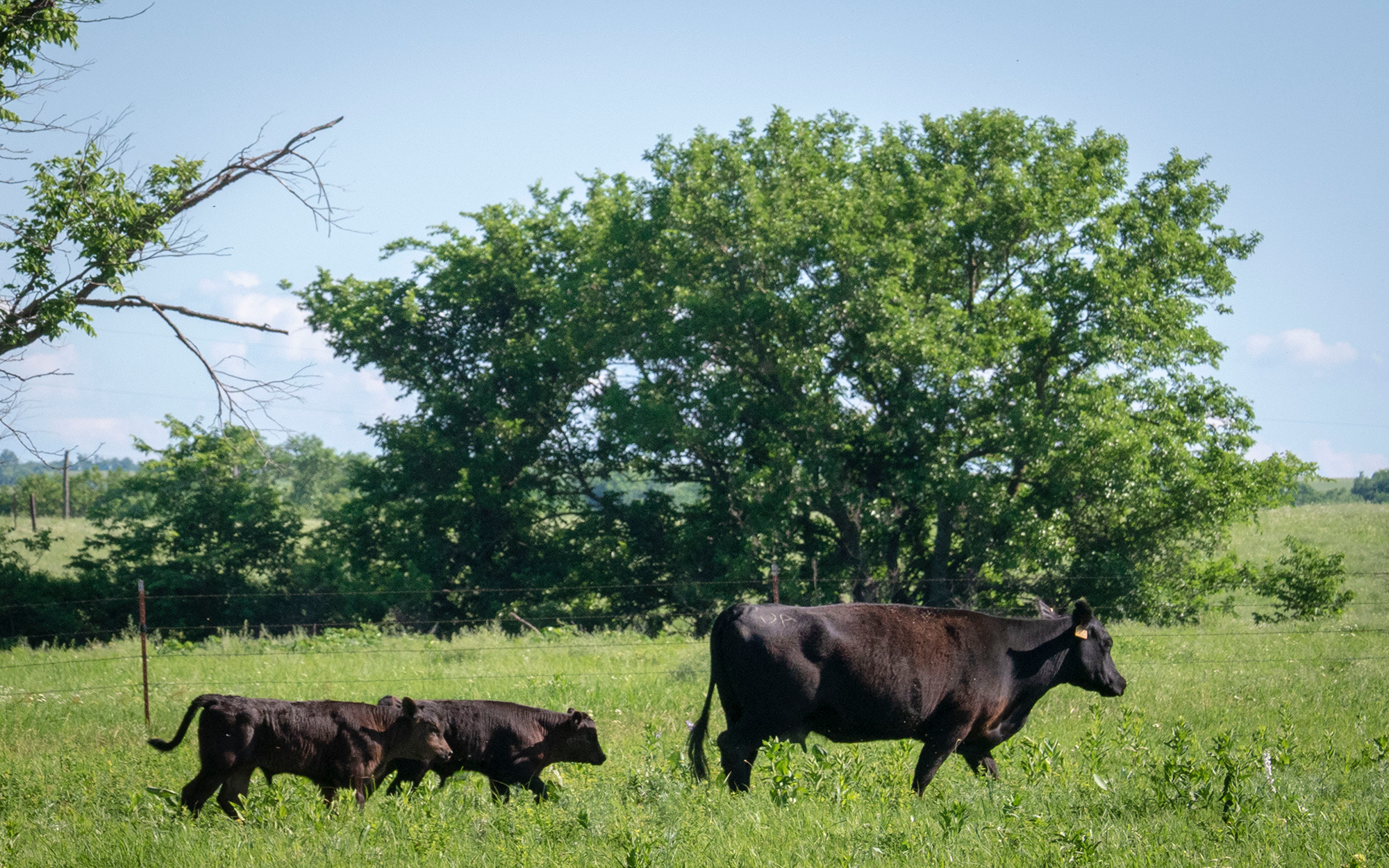
Lessons From Alternative Calving Workshops
Recently, the South Dakota Grassland Coalition and SDSU Extension held workshops across the State focused on sharing information from experienced livestock producers who have switched to a calving date more in sync with nature.
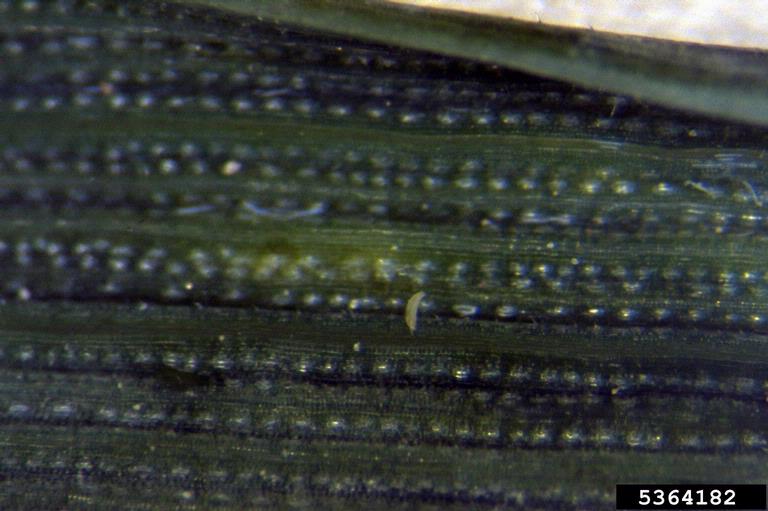
Managing Wheat Curl Mite
Wheat curl mite is one of the more difficult pests to manage in wheat. This is in part due to the limited options available for preventing populations from infesting a field and rapidly reproducing.
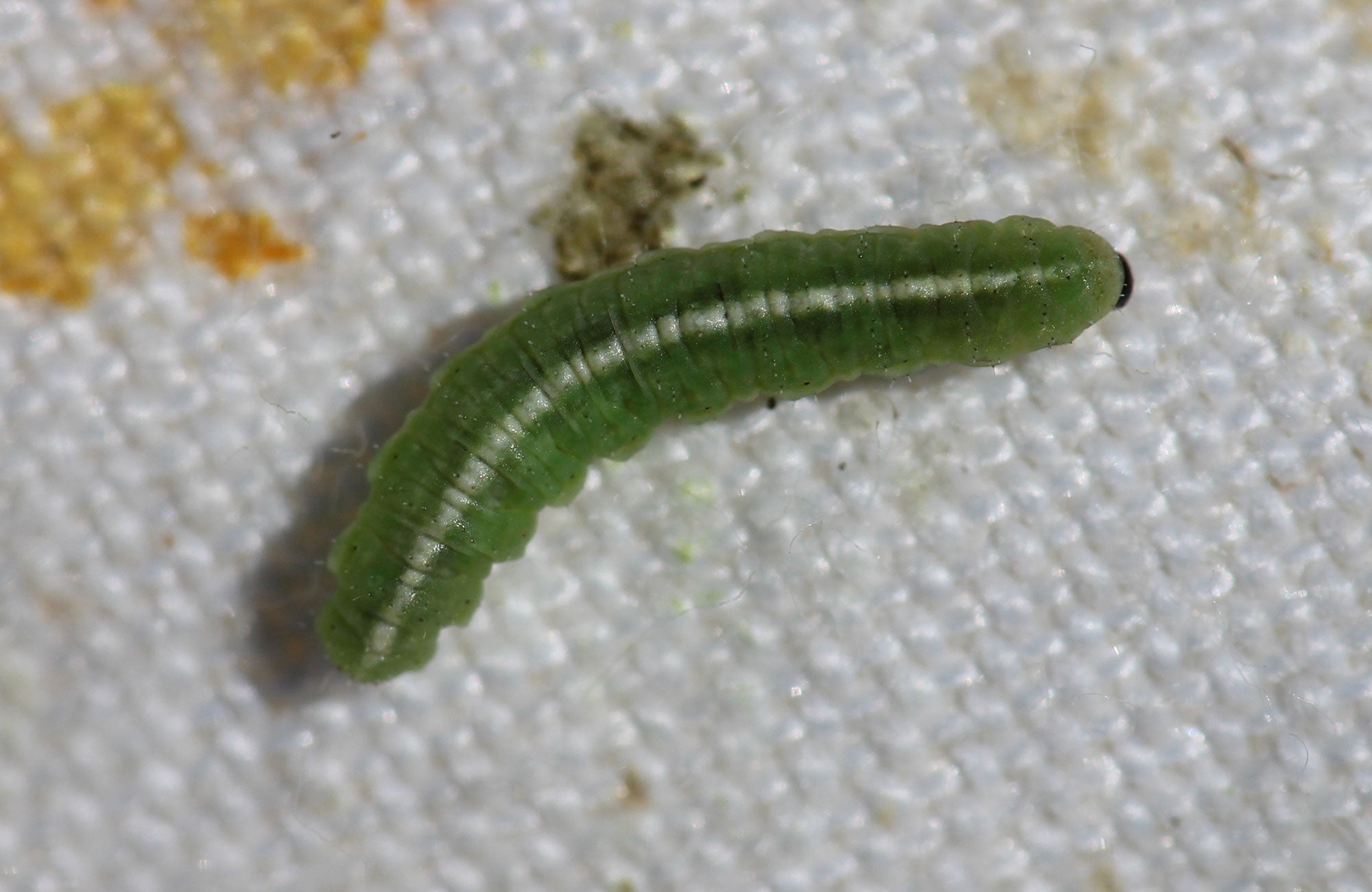
Alfalfa Weevil Activity Prediction Update: May 15, 2023
During the last week, the entire state reached enough degree days to have active alfalfa larvae. In areas with the highest accumulation of degree days, alfalfa should be scouted to ensure that alfalfa weevils don’t cause extensive defoliation.
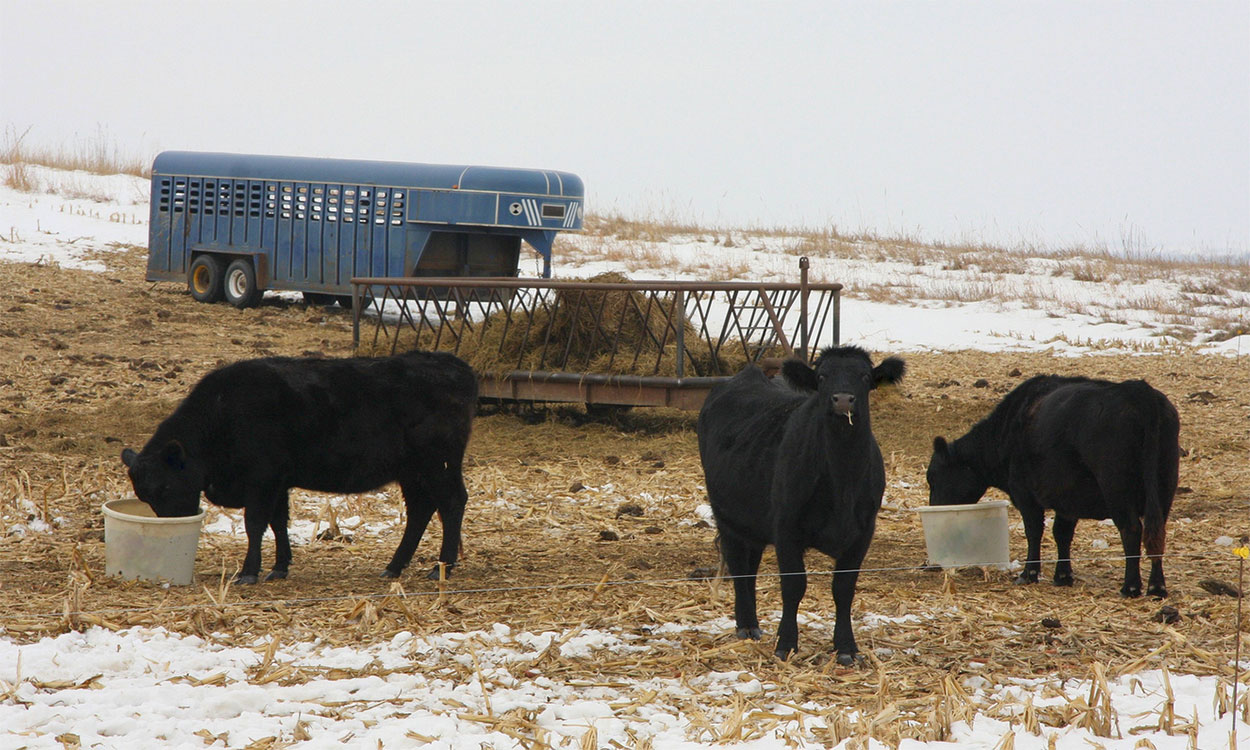
Supplementing Cows on Crop Residue
During winter, it is a common practice to have cows graze crop residue. This helps reduce the amount of forage needed to maintain a cow for part of the year, while reducing annual feed costs. However, cows may eventually need supplementation when grazing crop residues.
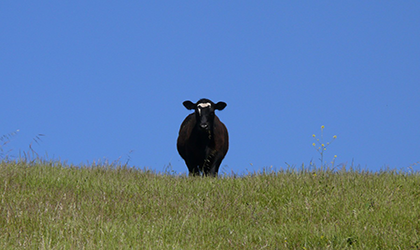
Grazing and Recreation on South Dakota School and Public Lands
Ryan Brunner, Commissioner of State School and Public Lands, shares some excellent information for those interested in understanding more about grazing and hunting on South Dakota school and public lands.
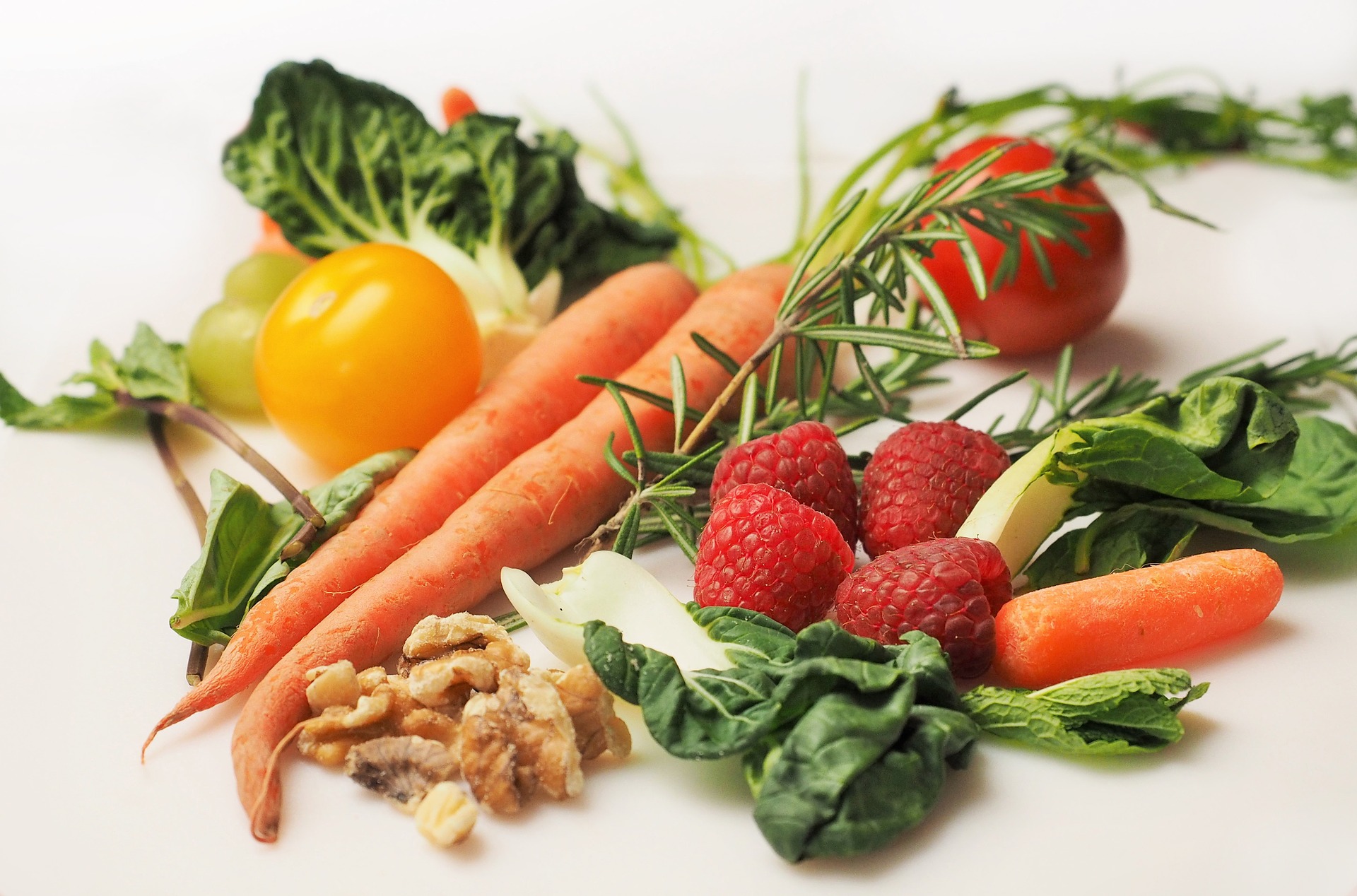
Vitamins & Minerals for Older Adults
No matter your age, it is important to get the right amount of nutrients each day.
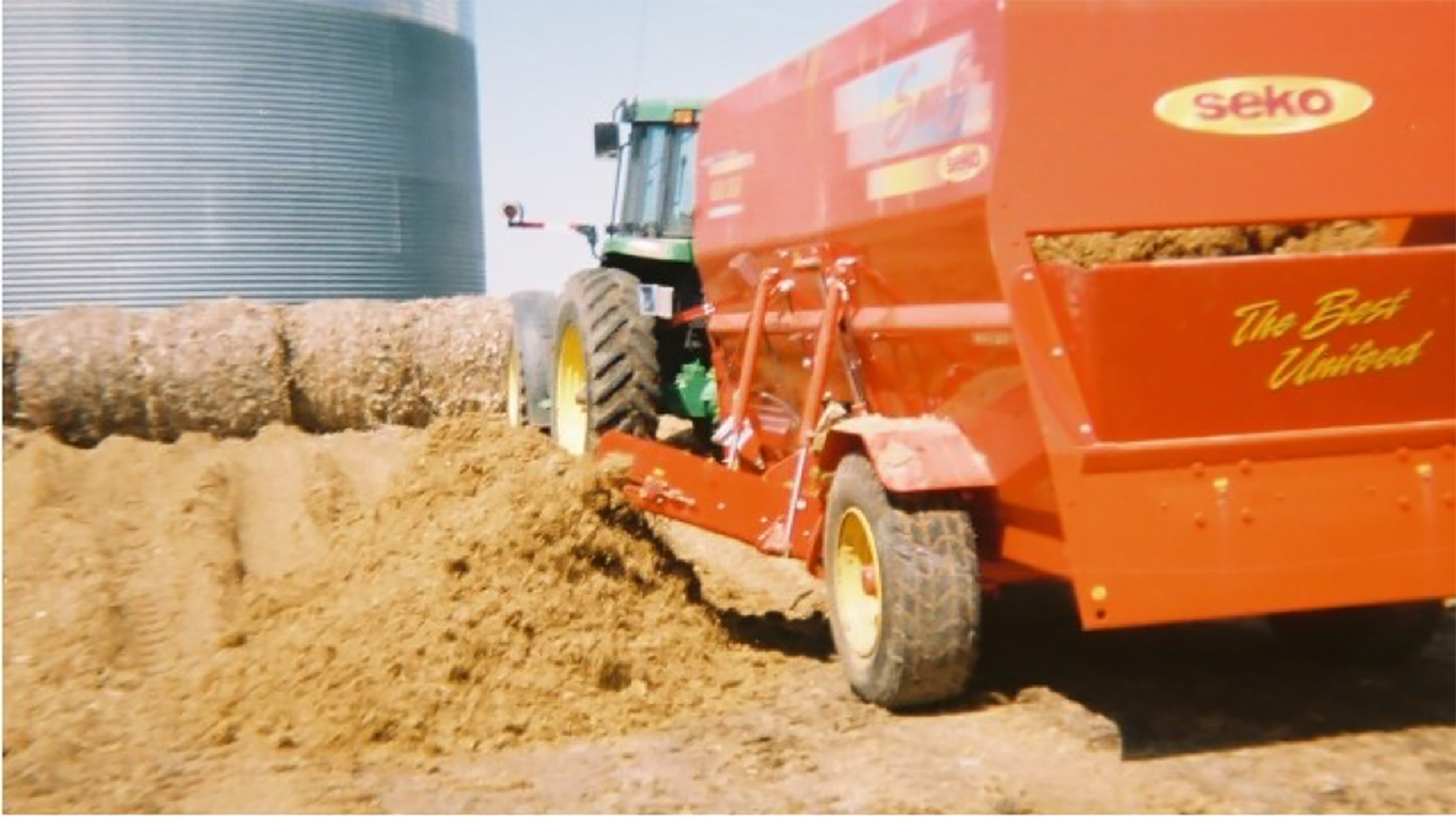
Storing Wet and Modified Distillers Grains
One of the primary challenges for livestock producers in the coming months could very well be feedstuff cost and availability due to the fact that the corn planted acreage and crop progress are both well behind normal benchmarks. One opportunity that might help cattle feeders proactively secure feed supplies would be storing wet or modified distiller’s grains now to be fed at a later date.

Whole Farm Planning – Integrating Health Care and Health Insurance
SDSU Extension will host a workshop to help farm families health care and health insurance into their whole farm plan on Wednesday, November 19, from 5:30-8:00 p.m. at the SDSU Extension Winner Regional Center (325 S. Monroe, Ste. 125, Winner, SD 57580).
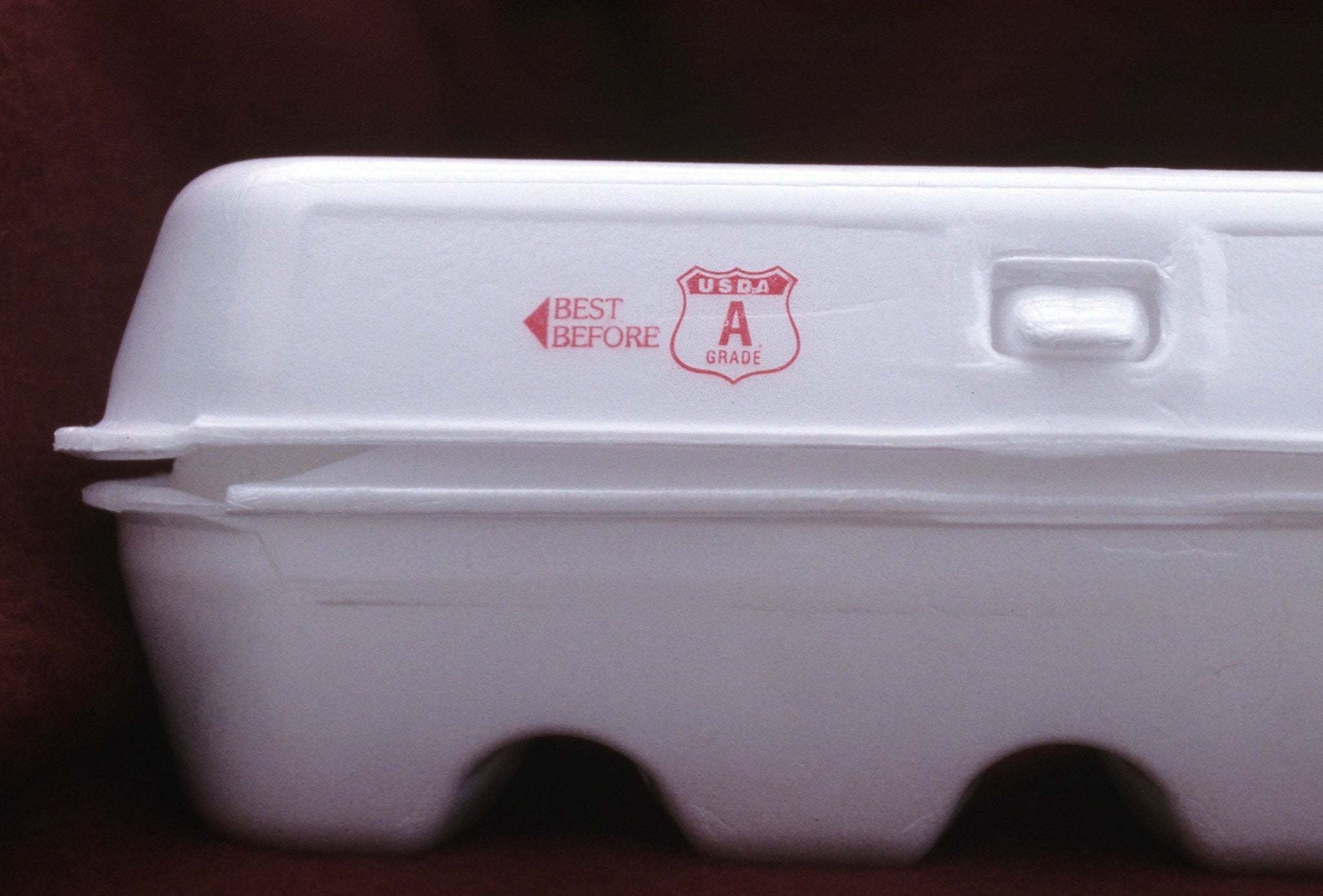
Selling and Distributing Eggs in South Dakota
If planning to sell eggs in the state of South Dakota, an egg dealer license must be obtained annually. The application for this license can be found and printed from the South Dakota Department of Agriculture’s Form Finder website.
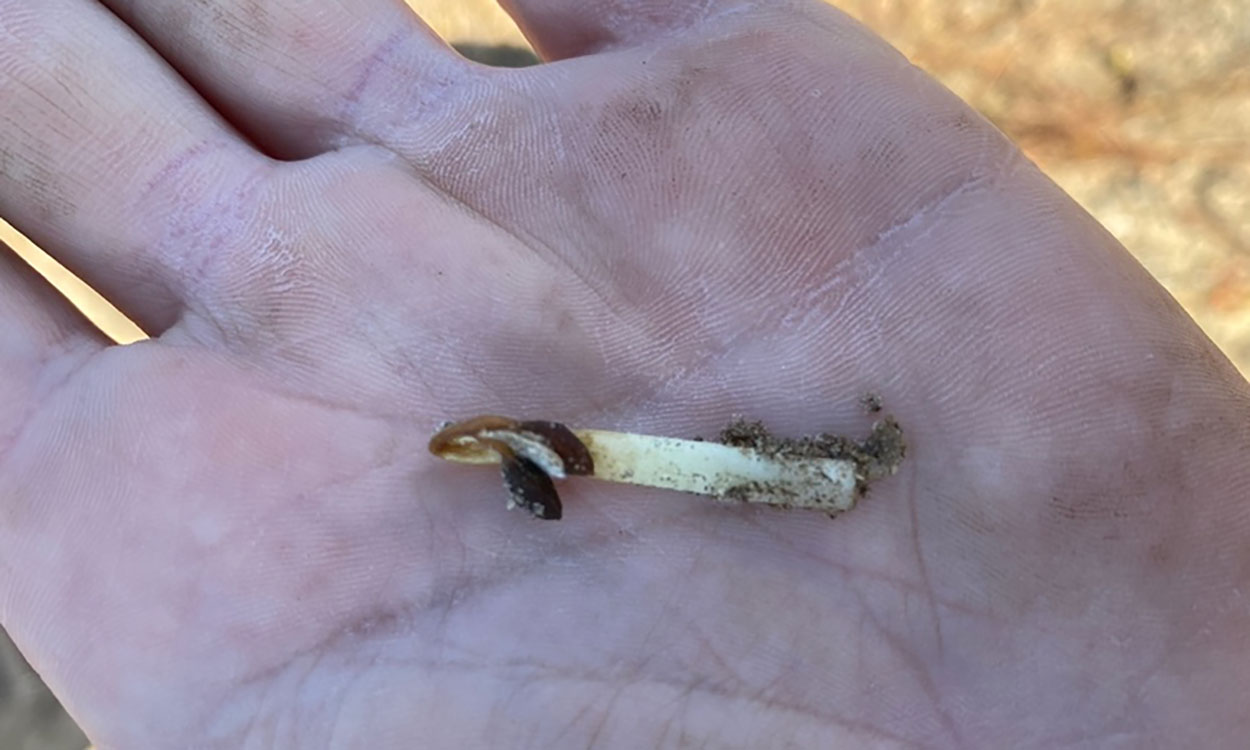
Risks of Early Soybean Planting in South Dakota
Early soybean planting offers potential yield benefits, but it also poses some risks. Learn some expert tips and considerations for early soybean planting this growing season.